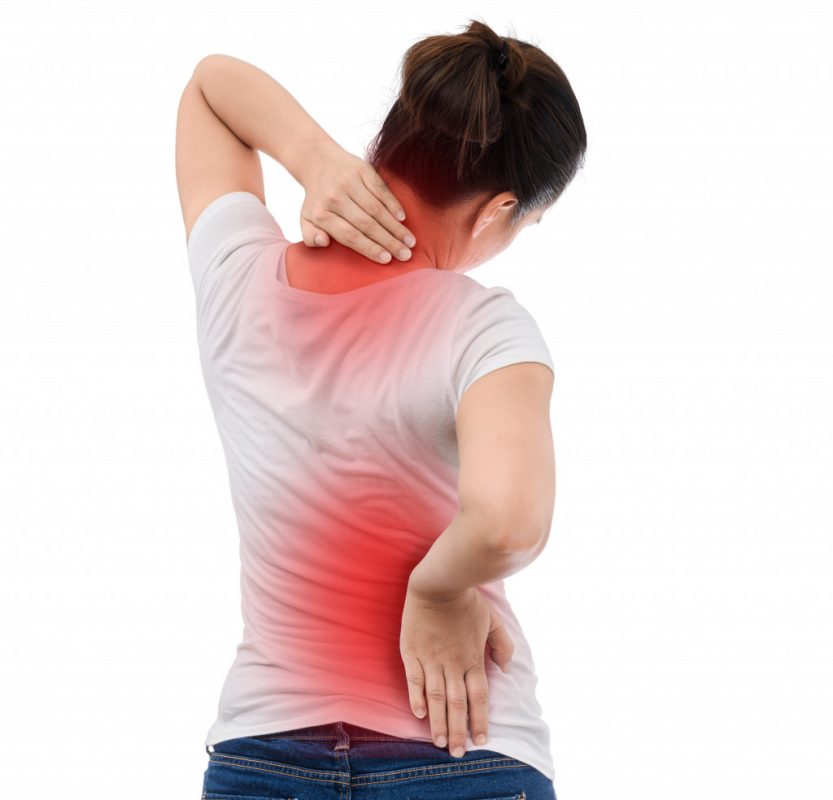Disclaimer: What Liberty Ate. This site provides food and drink content for informational purposes only.
- Osteoporosis is a condition that weakens bones, more common among women than men.
- Women have smaller bones and experience hormonal changes, which can cause calcium loss and weaken bones.
- Lifestyle factors like smoking, alcohol use, low calcium/vitamin D diets, and a sedentary lifestyle can increase risk.
- Hormone therapy, biologics, and bisphosphonates are treatments used to manage osteoporosis.
- Women need to be aware of the risks and treatments associated with osteoporosis to reduce its impact on their lives.
Osteoporosis is a condition that causes bones to become weak and brittle. It is most common in older women but can affect people of all ages. Women are more susceptible to osteoporosis for various reasons. Here’s what you need to know about this disease and how women are more susceptible.
Osteoporosis in Women
Osteoporosis, a condition that weakens bones, is much more prevalent among women than men. According to the National Osteoporosis Foundation, one in two women over 50 will experience an osteoporosis-related fracture at some point in their life, compared to one in four men. So why is osteoporosis more common among women? Here are some reasons why.
Bone Structure and Menstrual Cycle
Women are more susceptible to osteoporosis because they have smaller bones than men. This means they have less bone mass, making them more vulnerable to fractures and breaks. Additionally, during a woman’s menstrual cycle, there is an increase in hormones such as estrogen and progesterone that can cause changes in her body’s calcium levels. This can lead to calcium loss from her bones, making them weaker and more prone to fractures or breaks.
Lifestyle Factors
There are also lifestyle factors that can increase a woman’s risk of developing osteoporosis. For instance, low calcium and vitamin D diets can weaken bones as these nutrients are essential for strong bone health.
Smoking and drinking alcohol excessively can also negatively affect bone health and contribute to an increased risk of falls due to impaired judgment or balance. Finally, leading a sedentary lifestyle with little or no physical activity can reduce muscle strength needed for balance and stability when walking or standing—both crucial factors for avoiding falls that may lead to fractures or broken bones.

Hormonal Influence
One of the primary reasons women are more susceptible to osteoporosis is because of their hormones. Estrogen, produced by the female body, is vital in regulating bone production and maintenance.
When estrogen levels drop—as they do during menopause—bone mass decreases and increases one’s risk for developing osteoporosis. Additionally, testosterone—produced by both male and female bodies—is essential for building bone strength. As men age, their testosterone levels decrease. However, men still have higher testosterone levels than women throughout their lives. This difference in hormone production could explain why women are more prone to developing osteoporosis than men.
Treatments
There is no cure for osteoporosis, but there are treatments available to help manage the condition and reduce the risk of fractures. Depending on the severity of symptoms, treatments may vary. Here are some ways you can manage and treat this disease:
Low-Intensity Exercises
Some exercises can help strengthen bones and increase muscle mass. Low-intensity exercises such as Tai Chi can help with that. This exercise utilizes slow and gentle movements to improve balance and posture. If you don’t have the time to visit a studio, consider taking online Tai Chi classes. These classes are usually taught online, making them convenient and accessible.

Biologics
Biologics are drugs made from living organisms. They work by targeting specific proteins involved in bone loss. One biologic currently being studied for the treatment of osteoporosis is denosumab (brand name Prolia). Denosumab is given as an injection under the skin every six months. It has been shown to increase bone density and reduce the risk of fractures, especially in post-menopausal women at high risk for osteoporosis.
Hormone Therapy
Hormone therapy is another option for treating osteoporosis. This therapy replaces the hormones your body is no longer making after menopause. Estrogen is the most well-known hormone used to treat osteoporosis; it helps to slow bone loss and can even increase bone density in some cases. Several forms of estrogen are available, including pills, patches, creams, and rings. Your doctor will work with you to determine the best form for you based on your needs.
Bisphosphonates
Bisphosphonates are a class of drugs that are commonly used to treat osteoporosis. They work by slowing down the body’s rate of breaking down bones. Bisphosphonates can be taken as a pill or intravenously (through IV). Common bisphosphonate medications include alendronate (Fosamax), risedronate (Actonel), and ibandronate (Boniva).
Osteoporosis is a serious condition that can affect anyone, but women are especially at risk. Knowing the factors that increase a woman’s risk and understanding available treatments can help manage the disease and reduce its impact. Be sure to talk to your healthcare provider if you have any osteoporosis-related concerns.

